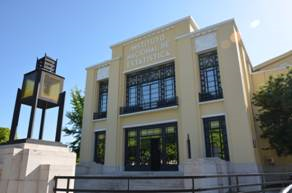Territorial portrait of Portugal
The Urban System, Recent Changes in the Family, Housing Rehabilitation and Renting: a territorial insight
- 2011
02 July 2013
Summary
Both the population concentration on the west coast of Mainland Portugal and the bipolarization in the two metropolitan areas persist in a context of slowdown in the demographic growth. The changes in the place of living occur, in all regions, especially within the boundaries of the parish. There are only seven census localities in the country with more than 100 thousand inhabitants. The number of municipalities with an index of polarization of occupation above 1 increased but Lisboa and Porto still stand out.
The prevalence of one-person families composed by elderly people is higher in the North and Centre inner mainland. The proportion of lone parents with dependent children has increased in all regions. Informal conjugal unions are increasing and its importance is higher in the South of the Mainland. Family recomposition is more present in the regions of Lisboa and Algarve.
The surplus of conventional dwellings in comparison with the number of classic families is extensive to all the Portuguese municipalities. In more than two thirds of the parishes, there are no non-conventional dwellings and there has been a widespread reduction of this type of dwelling. The rented dwellings have more domestic facilities than the dwellings occupied by the owner. The monthly average rent has increased more than the costs of buying a house in all regions, with the exception of the Região Autónoma dos Açores.
